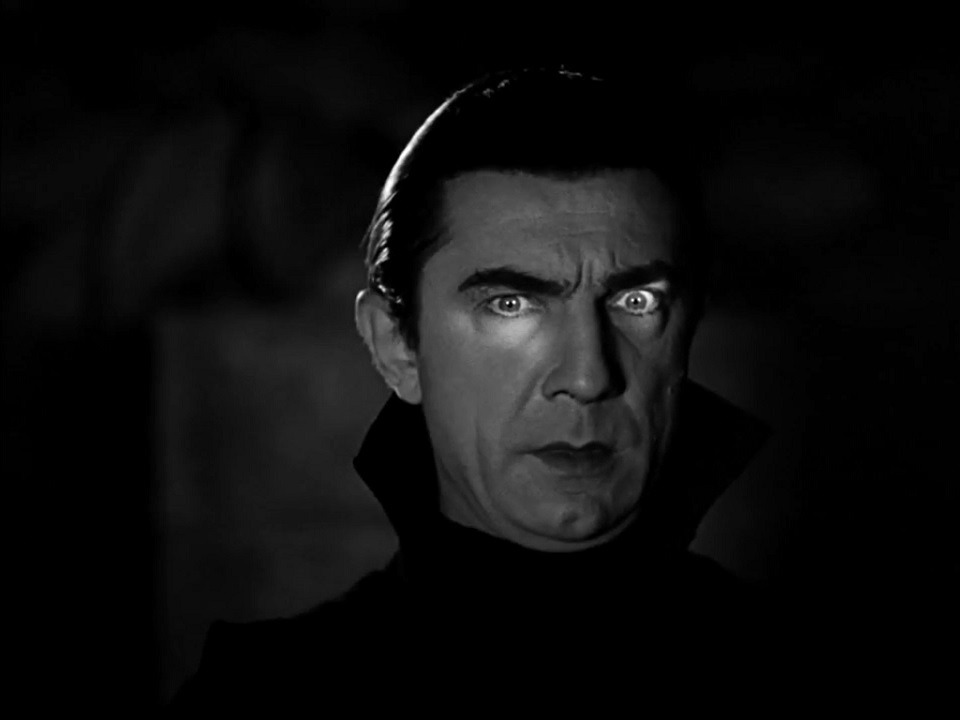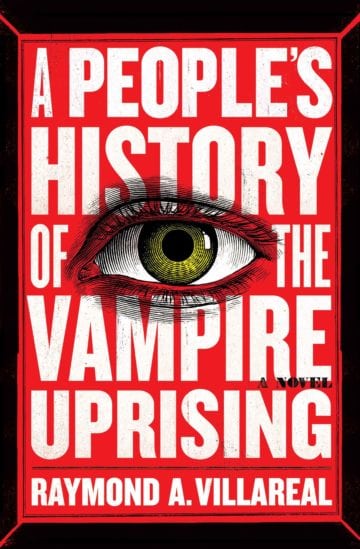
A Vampire Book That Does Not Suck
Written in the style of an oral history, Raymond A. Villareal’s novel quaffs greedily from the arteries of its literary antecedents.

In the border town of Nogales, Arizona, the body of a 28-year-old woman with unusual bruising has gone missing. The coroner’s office staff thinks it might be a prank until another similarly afflicted body walks off. No one knows what to think, but the bite marks along the neck might be a clue.
A People’s History of the Vampire Uprising, by San Antonio attorney and debut author Raymond A. Villareal, depicts vampirism as a kind of sexy plague, an Ebola-like virus that results in a new class of nocturnal people. The novel is presented as a multi-voiced dossier of primary sources detailing the global spread of the NOBI (Nogales Organic Blood Illness) virus and the new species it’s created: a hemoglobin-hungry, acrobatic creature who lives for centuries, cannot be captured on video and will perish in sunlight — a stock vampire. But in the age of BuzzFeed and Instagram, these vampires are very aware of their social media status and prefer to go by the bougie moniker “Gloamings.”

By Raymond A. Villareal
Mulholland
$27; 418 pages
Organized as a set of interrogations, medical reports, legal documents and TMZ-style gossip, the novel does not have a plot so much as an unveiling of events. These concern the plight of a morally driven virologist, some FBI agents at their wits’ end and a priest who wrestles with an ancient prophecy.
Despite having a near 50-percent mortality rate, the virus is a malady many would like to acquire. Survivors of the infection are reborn as superhero-strong supermodels capable of messing with minds and camera equipment alike. News of the benefits spreads quickly, aided by YouTube videos of Gloamings breaking track records and benching 780 lbs. Doctor-assisted “re-creations,” in which people pay to be turned into bloodsuckers, gain popularity. When Taylor Swift is re-created, the desire to get the virus goes viral. “Every hedge fund manager and tech billionaire wanted to become re-created and join that status and secret society where you could live for over two hundred to three hundred years,” explains one character.
The Gloamings steal art from the Blanton Museum and get high on mind-expanding cough syrup, among other hijinks. What looks at first blush like heady narcissism is shown to be much worse when secret plans emerge involving eugenics, human farming, nuclear devices and an end-game option that embraces the abolition of individuality itself. Aside from a sense of supernatural entitlement, the Gloamings make no bones about manipulating the living world to meet their needs, including advocating for night classes for Gloaming students and qualification under the Americans With Disabilities Act.
The Gloamings can soon boast upper-echelon members in the Vatican, as well as successful artists and aspiring right-wing politicians. By their very nature they are snobs, and a description of their antics makes them sound like the pejoratives a conservative pop philosopher like Jordan Peterson might throw at celebrities. “Anecdotally, it quickly became clear that the Gloamings, both men and women, shared certain traits: high IQ, contempt of others, cruelty to others, amoral, secretive, grandiose and authoritarian,” explains Reilly, cautioning that: “Unlike humans with similar traits, Gloamings did not have significant feelings of inferiority.”
Although comparisons to the zombie novel World War Z would seem apt, due to the similar employment of a Studs Terkel-like pastiche of an oral history, Villareal’s technique is directly in line with Bram Stoker’s Dracula, which sought its authenticity in the form of letters and journal entries of the characters contending with the Count.
Organized as a set of interrogations, medical reports, legal documents and TMZ-style gossip, the novel does not have a plot so much as an unveiling of events.
As a summer read, this page-turner is just shy of being too smart for its own good, with characters who banter about the merits of Lautréamont versus Naked Lunch and nods to Gibbon’s The History of the Decline and Fall of the Roman Empire. Most will not be stymied by these allusions. For Villareal has written a vampire novel that quaffs greedily from the arteries of its literary antecedents, particularly in how he describes the vampire’s ancient erotic allure.
“I’d only viewed drawings and read descriptions before, and now here he was — a captivating, angelic face that seemed to radiate and reflect light at the same time,” says an FBI agent caught in the spell of a Gloaming he’s trying to catch. “The famous yellowish-gold eyes appeared to look through and inside me. I found myself leaning in toward him.”
Despite winking in comfortable homage to sources as disparate as the sparkling bloodsuckers of the Twilight series and the nightclub nosferatus of Blade, Villareal makes one very interesting departure from all vampire books: there is no Lestat to love or loathe. Or, for that matter, no Omega Man to pity. We get sketches of Roger Stone-like political operatives, shady documentary filmmakers, earnest medics and renegade priests, but no one to really hate or worry over. Instead, readers — and perhaps soon moviegoers, since Fox has already snatched up the the film rights — get a panoramic view of a world that for the most part embraces the perks of vampirism.
Playing off the trope that all vampires, however medically based, still require an invitation before entering anywhere, Villareal has posited that a clickbait-happy world would have very little problem trading away its humanity to let the demon in.


